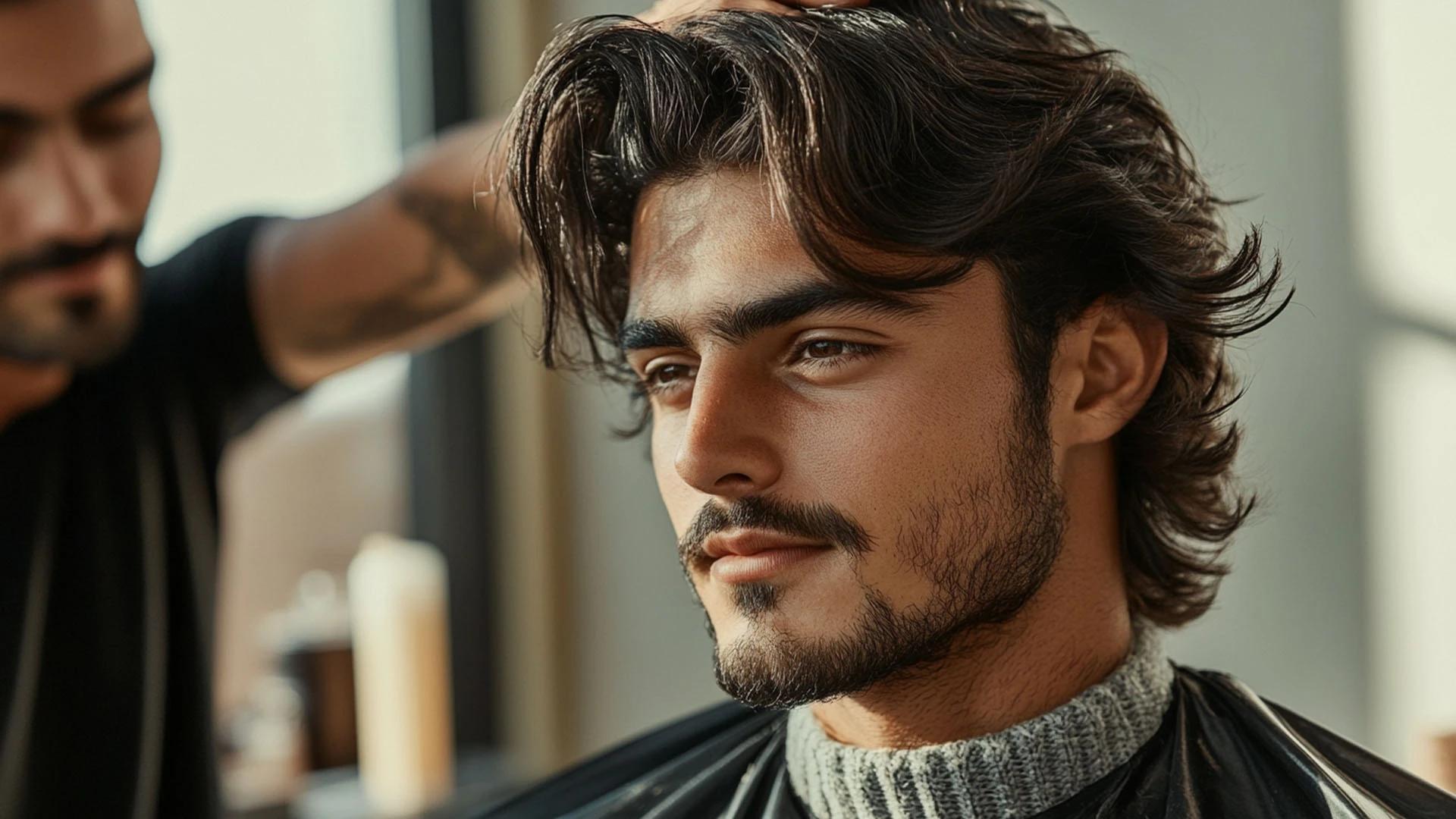Styling Techniques for Long Layered Hair
Now for the fun part—actually styling your gorgeous layers! The brilliant thing about long layered hair is how many different looks you can create with the same cut. Whether you're after bouncy volume, beachy waves, or sleek sophistication, your layers are the perfect foundation. Let's break down the techniques that'll have you looking like you've just stepped out of a salon.
Blow-Drying for Volume and Movement
Start with damp (not soaking) hair and apply a volumising mousse from mid-lengths to ends. Use your round brush to lift sections at the roots whilst blow-drying, rolling the brush under and pulling it through to the ends. The trick is to dry each section completely before moving on—this locks in the volume and prevents your layers from falling flat. Finish with a blast of cool air to set everything in place.
Creating Textured Hair Waves
For that coveted **textured hair** look, try the twist-and-scrunch method. Apply a sea salt spray to damp hair, then twist small sections around your finger before scrunching upwards. Let it air dry or use a diffuser on low heat. If you're using hot tools, wrap random sections around a curling wand in different directions, then gently tousle with your fingers once cool. The key is imperfection—perfectly uniform curls aren't the vibe here.
Sleek and Straight Styling
Even when straightening, your layers should maintain some natural movement. Work in small sections, using your flat iron to create subtle bends rather than poker-straight pieces. Start the iron a few inches from your roots and glide down with a slight curve at the ends. This technique keeps your layers looking dimensional rather than flat, whilst still achieving that sleek, polished finish.
Face-Framing Layers
**Face-framing layers** are honestly the MVP of the layered hair world. These shorter pieces around your face work like natural contouring, highlighting your best features whilst adding gorgeous movement every time you turn your head. They're also incredibly versatile—you can style them sleek for a sophisticated look or tousle them for something more relaxed and carefree.
Styling Face-Framing Layers
These shorter pieces need a bit of extra attention to look their best. When blow-drying, use a small round brush to curve them away from your face, creating a soft, flattering frame. For a more modern look, try styling them straight down for that chic, editorial vibe. If you're curling your hair, make sure to curl these pieces away from your face to open up your features and create the most flattering effect.
Maintenance Tips for Face-Framing Layers


 100 gm
100 gm 50 gm
50 gm 20 ml
20 ml